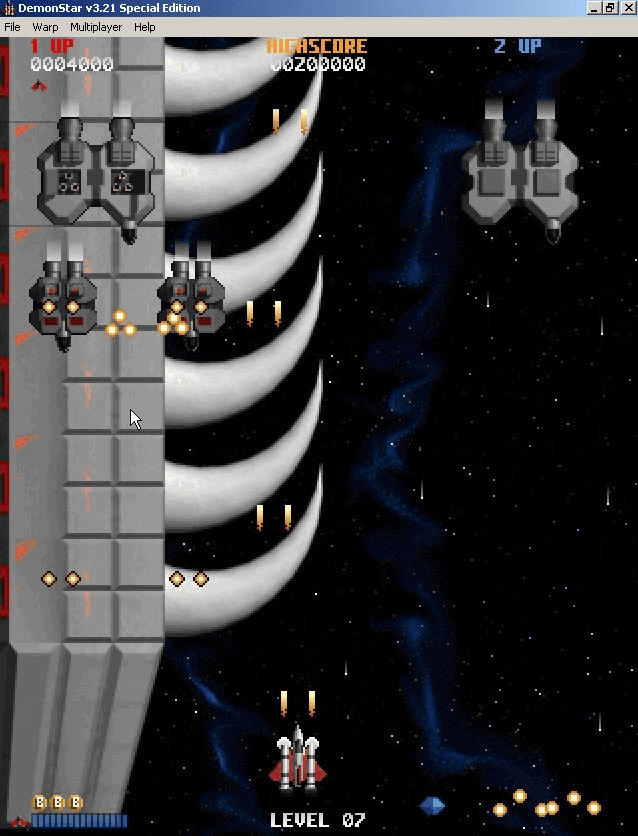

In this paper we propose extension of SPIcDER to exteriors of lunar habitat structures and review technical challenges for implementation. Pressurizable lunar inflatable/deployable habitats will require protection from dust contamination, in order to maintain their durability and pressure holding capacity over long duration missions. Originally developed for spacesuits, which are flexed during operations, this technology can be readily adapted for flexible/deployable surface habitat structures. This paper focuses on extending the functionality of the SPacesuit Integrated carbon nanotube Dust Ejection/Removal system (SPIcDER) to lunar habitat structures. Rigid and flexible materials utilized for space hardware need to be protected from the dust contamination and degradation to extend their performance and life time for long duration missions on the lunar surface.
Lunar dust has proved to cause abrasion, thermal problems, wear and tear of materials exposed to the environments, making it a major challenge for surface operations, as witnessed during the Apollo missions.

With the increasing interest in establishment of long duration outposts for lunar exploration, it is imperative that we overcome the challenges posed by the lunar environment. Keywords: (spacesuit dust mitigation, lunar dust, CNT fiber in spacesuits, active and passive spacesuit dust removal system) Acronyms/Abbreviations AC = Alternating Current CNT = Carbon Nanotube EMU = Extra-Vehicular Mobility Unit EVA = Extra Vehicular Activity EDS = Electrodynamic Dust Shield GRC = Glenn Research Center KSC = Kennedy Space Center RH = Relative Humidity WFM = Work Function Matching Coating VAC = Volts of Alternating Current Future challenges of implementing the proposed approach into fight suits are identified. This paper describes the techniques and results from the experiments. Results from these preliminary experiments show that the integrated dust cleaning system is capable of removing 80-95% of dust from the spacesuit material demonstrating proof of concept. Through experiments conducted using JSC-1A lunar dust simulant on coupons made of spacesuit outerlayer material, feasibility of integrating the proposed dust cleaning system and its performance were assessed. Leveraging two specific technologies, the Electrodynamics Dust Shield (EDS) active technology and Work Function Matching Coating (WFM) passive technology, developed by NASA for rigid surfaces, we apply new high performance materials such as the Carbon Nanotube (CNT) flexible fibers to develop a spacesuit-integrated dust cleaning system.

We examine utilizing a novel combination of active and passive technologies integrated into the spacesuit outerlayer to alleviate dust contamination. Accordingly, this research is investigating novel methods to integrate dust mitigation technologies for use on spacesuits. The complexity of spacesuit design has however constrained integrating existing dust cleaning technologies, formerly demonstrated on rigid surfaces, into the spacesuit system. The deleterious effects of lunar dust on spacesuits discovered during the Apollo missions has compelled NASA to identify dust mitigation as a critical path for potential future lunar, asteroid and Mars missions. A recent report by NASA identified dust/particulate mitigation techniques as a high relevant study for future long-term planetary exploration missions (NASA, 2015).


 0 kommentar(er)
0 kommentar(er)
